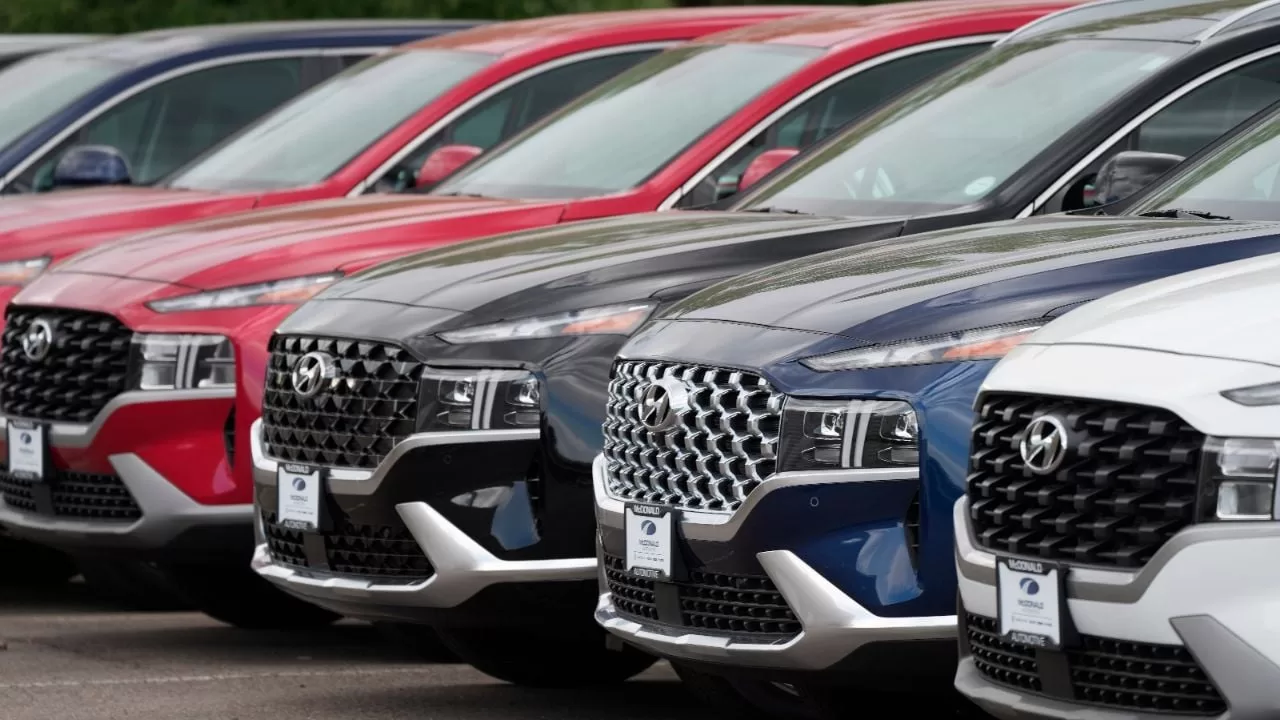The last mechanical hard drive will be sold in 2028, according to Shawn Rosemarin of Pure Storage. Flash drive prices continue to drop and the SSD has already won the data density war.
By 2028, mechanical hard drives (the famous HDDs) should disappear, ending a history of more than 75 years of magnetic storage. Shawn Rosemarin, of the company Pure Storage, specializing in solid-state storage, puts forward a hypothesis to explain this imminent disappearance.
End clap for hard drives: the reign of SSDs is on the horizon
According to Rosemarin therefore, approximately one third of the world’s energy consumption of data centers is attributed to storage, mainly consisting of spinning disks. By replacing these hard drives with flash memory solutions, such as SSDs, it is possible to reduce power consumption by 80-90%, not to mention the fact that with the continuing decline in NAND prices, storage density can be considerably increased.
At the same time, looking at annualized default rates (Annualized Failure Rate or AFR) models manufactured by HGST, Seagate, Toshiba et Western Digitalthe company Backblaze found that failed hard drives had an average lifespan of two years and six months.
If this hypothesis is confirmed, it will mark the end of an era marked by traditional hard drives. The very first commercial computer with a magnetic disk hard drive was probably the IBM 305 RAMDAC in 1956, which used valves rather than transistors. It was equipped with 50 24-inch magnetic platters offering a storage capacity of approximately 5MB.
Read: Hard drive sales drop 40%, market crashes
More than 50 years later, in 2007, the first hard drives with a capacity of 1 TB were introduced on the market. Today, the largest hard drive available is Western Digital’s 26TB model, intended for data centers. The largest hard drive that can be built into a personal computer is currently SeaGate’s IronWolf 22TB model.
But the rise of SSDs is inevitable. They have already greatly surpassed hard drives in terms of storage density and above all, value for money. Although their cost-effectiveness can still be improved, SSD prices have come down significantly in recent years, unlike the high costs of GPUs.
Incidentally, the largest SSD currently available is the ExaDrive EDDCT100, which offers a capacity of 100 TB with a price of around €40,000.
Source : Blocksandfiles

